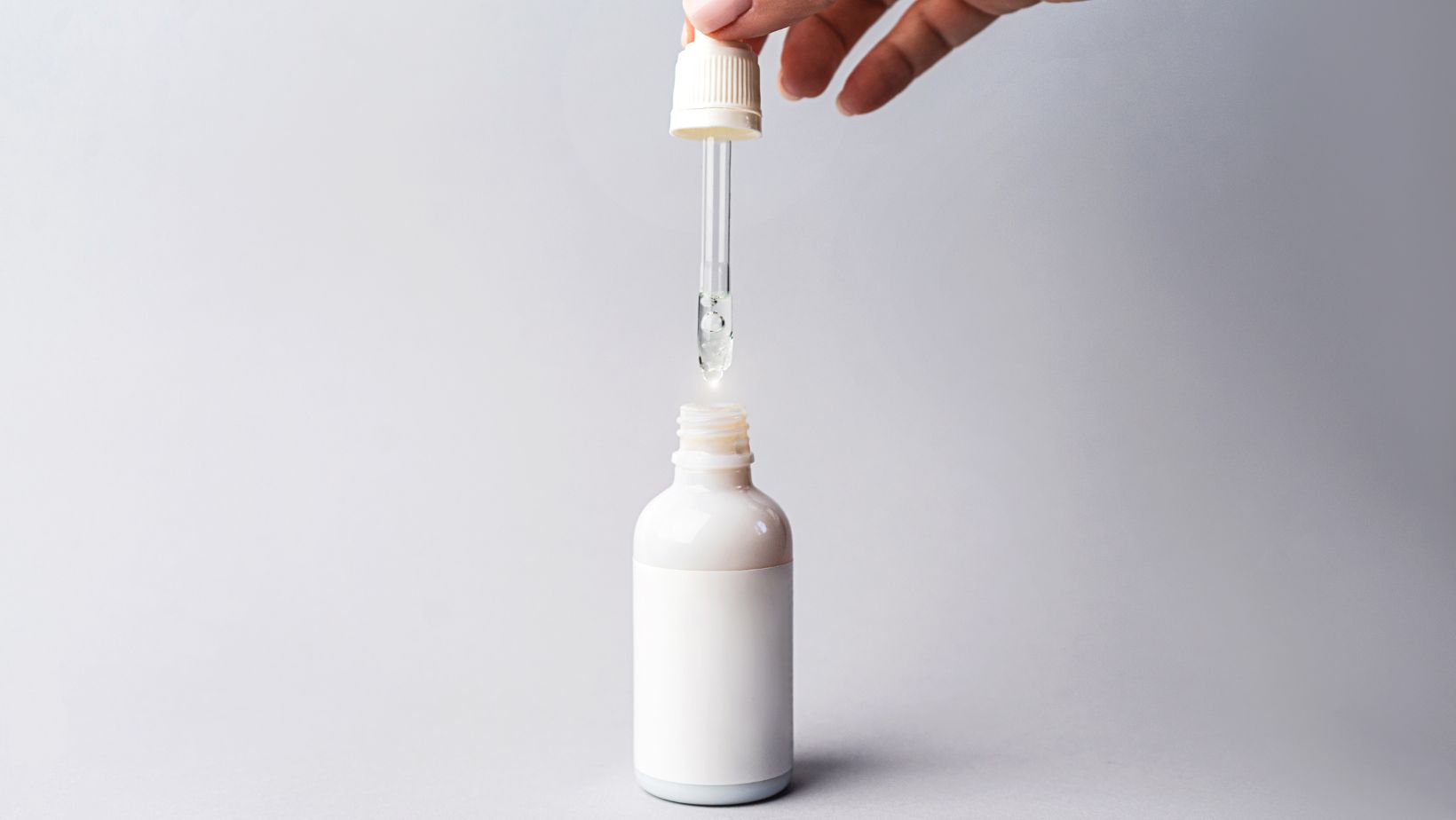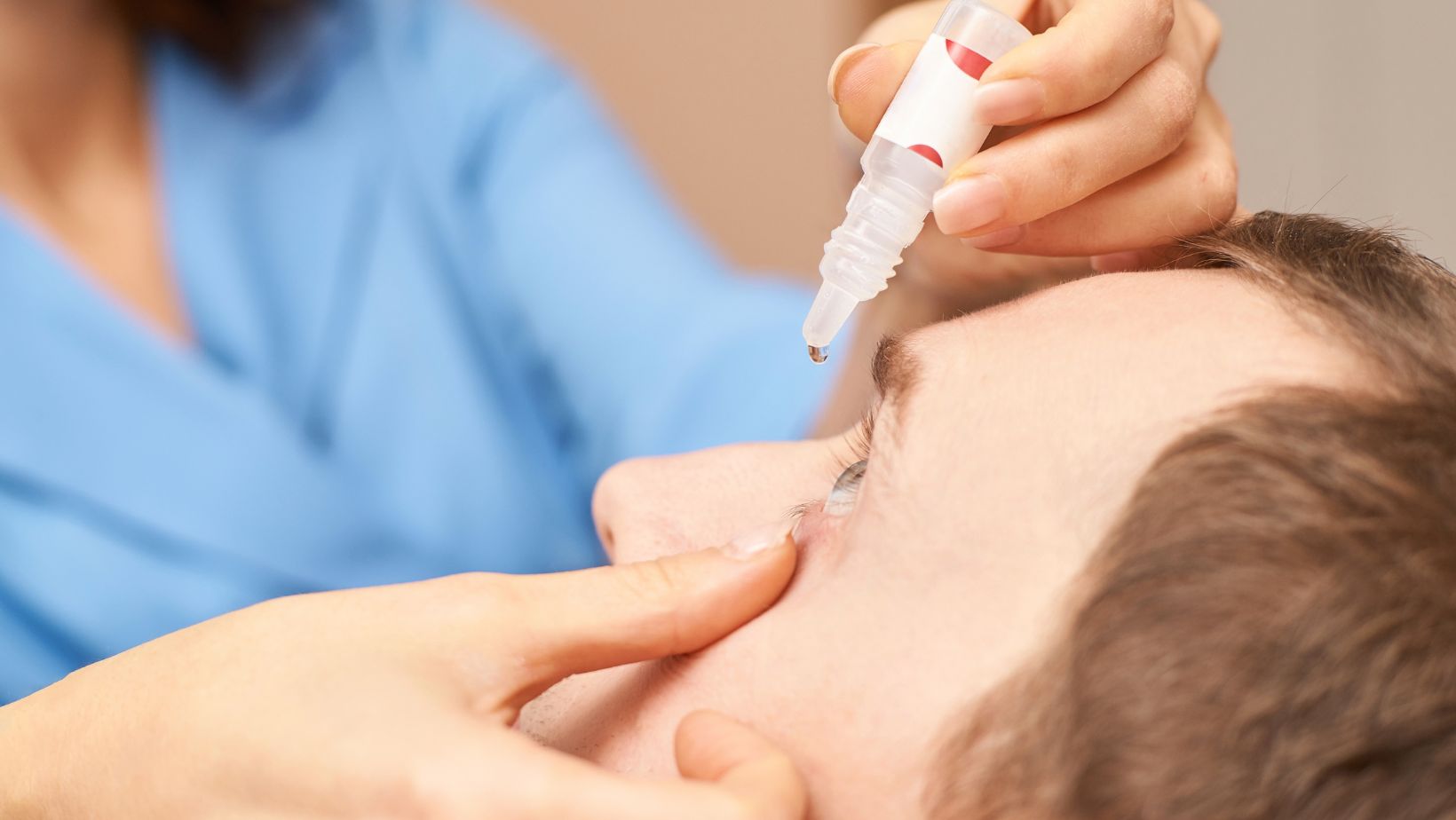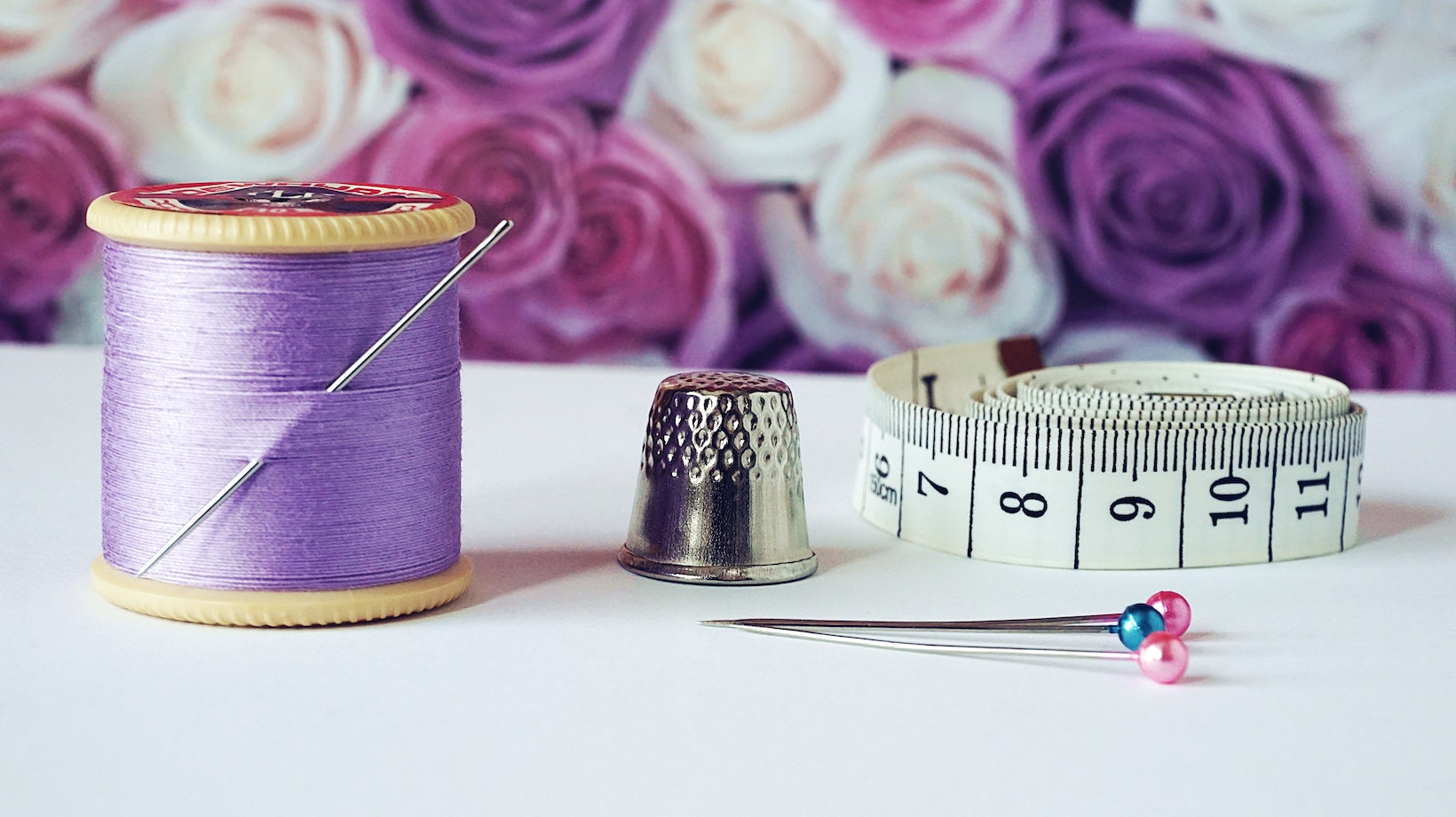Easy Calculation How Many mL in a Eye Dropper

How Many mL in a Eye Dropper
Have you ever wondered how many milliliters are in an eye dropper? Well, I’ll give you the answer right away: it typically holds about 1 milliliter of liquid. Eye droppers are commonly used for administering medication or applying drops to the eyes, so it’s important to know their capacity.
The standard size of an eye dropper is usually around 1 milliliter, although there can be some slight variations. This measurement is equivalent to approximately 20 drops of liquid. However, it’s worth noting that drop sizes can vary depending on the viscosity and surface tension of the liquid being dispensed.
The Measurement Conversion: Milliliters and Eye Droppers
Converting Milliliters to Eye Dropper Measurements
When it comes to measuring liquids, especially when using eye droppers, understanding the conversion between milliliters (ml) and eye dropper measurements is crucial. Eye droppers are commonly used for administering medication, essential oils, or other liquid substances in precise amounts. To convert milliliters to eye dropper measurements accurately, you’ll need to consider the size of the dropper itself.
Eye droppers typically come in different sizes, such as 1 ml, 2 ml, or even larger capacities. To determine how many milliliters are in an eye dropper measurement, you can follow these general guidelines:
- Check the volume: Look for any markings on the side of your specific eye dropper that indicate its capacity.
- Observe the ratio: Generally, a standard 1 ml eye dropper will hold approximately 20 drops of liquid.
- Do some math: If you have a different sized eye dropper or want to calculate a more accurate measurement based on drops per milliliter (drops/ml), you can divide the number of drops by the total volume of your specific eye dropper.
Understanding the Ratio of Milliliters to Drops
The ratio between milliliters and drops depends on various factors such as viscosity and surface tension but generally speaking:
- A standard eyedropper usually delivers around 20 drops per milliliter.
- However, this number can vary depending on factors like drop size and liquid density.
It’s important to note that while this ratio provides a rough estimate for converting between milliliters and eye-dropper measurements, it may not be completely precise due to variations in drop size and liquid properties.
Calculating the Number of Drops per Milliliter
To calculate the number of drops per milliliter more accurately, you can conduct a simple experiment. Follow these steps:
- Prepare the eye dropper: Clean and dry the eye dropper thoroughly to ensure accurate results.
- Fill the dropper: Fill the eye dropper with a liquid substance, making sure to maintain consistent pressure and drop size throughout the experiment.
- Measure the drops: Hold a clean container underneath the eye dropper and start counting the number of drops until you reach 1 milliliter.
- Calculate: Divide the number of drops counted by 1 milliliter to determine your specific drops per milliliter ratio.
It’s worth mentioning that this experiment provides a more precise measurement for your specific eye dropper and liquid combination, giving you greater accuracy when using it for dosage calculations or other purposes.

Factors Affecting the Capacity of an Eye Dropper
When it comes to eye droppers, there are several factors that can affect their capacity. Understanding these factors is crucial for accurate dosing and ensuring the proper administration of medications or other substances.
- Dropper Design: The design of the eye dropper plays a significant role in determining its capacity. Different manufacturers may produce droppers with varying sizes and shapes, resulting in differences in volume measurements.
- Tip Size: The size of the tip or opening at the end of the eye dropper can impact how much liquid it can hold. Smaller tips typically have lower capacities, while larger ones can accommodate more volume.
- Liquid Viscosity: The viscosity or thickness of the liquid being dispensed also affects how much it fills up an eye dropper. Thicker liquids tend to take up less space compared to thinner ones due to their higher resistance to flow.
- Squeeze Force: The amount of force applied when squeezing the bulb or plunger on an eye dropper can influence how much liquid is drawn into it.
- Temperature and Atmospheric Pressure: Changes in temperature and atmospheric pressure can affect both liquid expansion and contraction within an eye dropper, potentially altering its capacity temporarily.
Understanding these factors will help you make informed decisions about using eye droppers effectively and accurately measuring volumes. Always follow the manufacturer’s instructions and consult healthcare professionals when unsure about proper dosing techniques.




